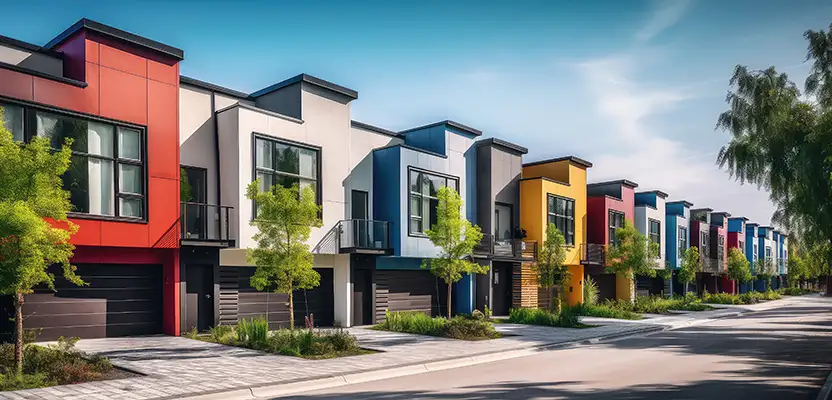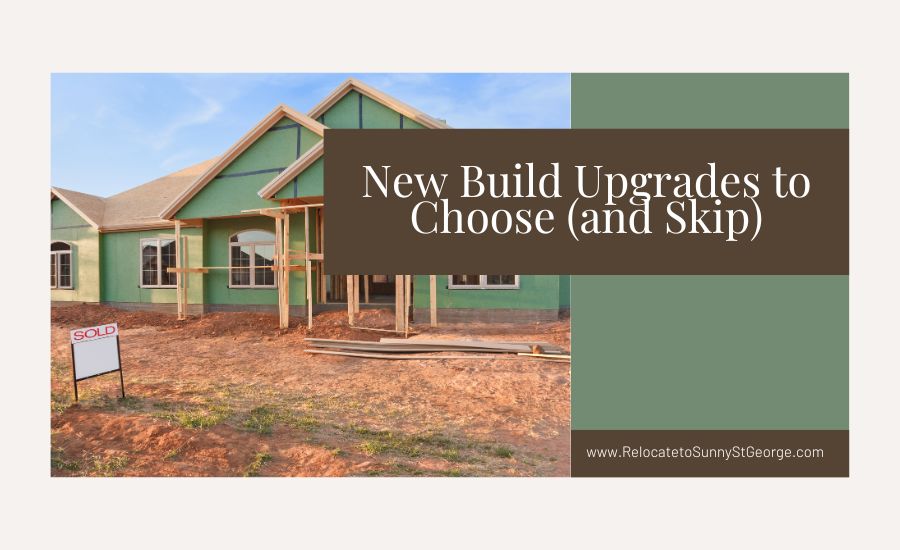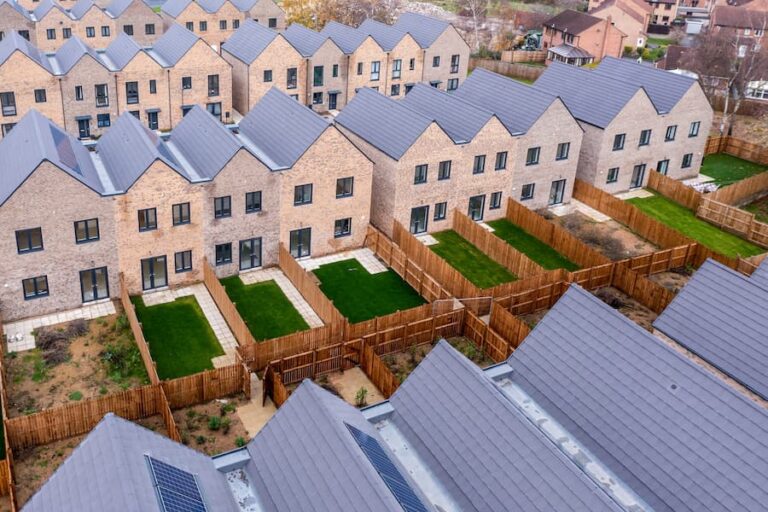New builds offer modern designs and updated features. But are they truly worth it?
This question puzzles many potential homeowners. New builds, often enticing with their sleek architecture and contemporary amenities, promise a fresh start. They boast energy-efficient systems, smart technology, and minimal maintenance. Yet, the decision isn’t always straightforward. The appeal of a new build can come with a higher price tag and potential hidden costs.
Factors like location, long-term investment value, and personal preferences play a crucial role. Understanding these elements is key to making an informed choice. In this blog, we explore the pros and cons. We’ll help you decide if a new build aligns with your needs and financial goals. Let’s dive into the details and see if this option suits you.

Investment Potential
New builds can have strong value appreciation. They often rise in value quickly. This makes them a good choice for buyers. The modern features attract many people. Energy-efficient designs are popular. Also, new builds require less maintenance. This is appealing to many investors. They are usually in growing areas. This adds to their value over time.
New builds offer good rental income opportunities. Many people prefer living in modern homes. Updated appliances and designs are attractive. Renters often pay more for new builds. This means higher rental income. Also, new builds are in developing areas. The demand for rentals is high in these locations. This makes them a solid choice for rental investments.
Modern Amenities
New builds often have better insulation. This keeps warmth inside during cold days. It reduces the need for heating. Energy-efficient windows help save electricity. They keep the house cool in summer. Solar panels are common in new builds. They provide clean energy from the sun. People can save money with lower energy bills. These homes are kinder to the environment.
Smart home systems make life easier. New builds often come with smart thermostats. These control the temperature. Smart lights can change color or brightness. Voice assistants are popular in new builds. They help with music or answer questions. Security cameras keep homes safe. Smart locks are easy to use. Technology helps save time and effort.
Low Maintenance Costs
New builds often use strong and long-lasting materials. These materials help in reducing the need for repairs. Builders choose quality materials to ensure the house stays in good shape. So, owners spend less on fixing things. This means more savings over time.
New houses usually come with a warranty. This warranty covers many repairs and issues. For a few years, owners do not worry about costs. If something breaks, the builder fixes it. Warranties give peace of mind. They are a big benefit for new homeowners.

Community Features
New builds often feature shared spaces
Many new builds offer access to facilities. Gyms and pools are common features. These facilities make life easier. People can exercise without leaving home. Swimming pools are great for hot days. Community centers host events and classes. It’s a chance to learn new things.
Safety And Security
New buildings often have advanced security systems installed. These systems protect homes better. They include alarms, cameras, and smart locks. Alarms alert you to danger quickly. Cameras help watch every corner. Smart locks allow control from phones. These features make homes safer for families. No need to worry about old locks failing.
New builds must follow strict building regulations. These rules ensure homes are safe. Builders use strong materials. Homes are built to last longer. Regulations also focus on fire safety. Smoke alarms and fire exits are required. This keeps everyone inside safe. New homes often have better insulation too. This means they stay warm in winter. And cool in summer. These regulations make homes comfortable and secure.
Customization Options
New builds offer unique ways to personalize interiors. Choose colors you love. Pick materials that fit your style. Add fixtures that shine. These choices make your space feel like home. Many people enjoy this personal touch. It gives rooms a unique look. You can express yourself through design.
New builds often have flexible floor plans. Arrange rooms to suit your needs. Create open spaces or cozy corners. Some plans allow for extra rooms. This flexibility is useful for families. It adapts to changing needs over time. Choose a layout that fits your lifestyle.
Environmental Impact
New buildings use smart methods to stay green. They save energy and water. Builders use renewable resources. This helps the planet. Many new homes have solar panels. These panels make clean energy from the sun. Builders also use better insulation. This keeps homes warm without using much power.
Eco-friendly materials are good for nature. They come from recycled or natural sources. Wood from sustainable forests is popular. It does not hurt the earth. Some homes use bamboo. Bamboo grows fast and is strong. Recycled metal is also used. It saves resources and energy. Using these materials helps the world. It keeps it healthy for the future.

Financial Incentives
Buying a new home can be costly. But, government grants help ease the burden. These grants provide extra money. They lower the initial cost. This helps buyers afford new houses. Grants may vary by location. It’s wise to check local offers. This ensures you get the best deal possible. Grants can make new homes more affordable.
New homes offer tax benefits for buyers. These benefits reduce the amount of tax owed. They can save you money each year. Some tax breaks may last for years. This means more savings over time. It’s important to understand these benefits. They can make owning a new home cheaper. Always explore tax options before buying.
Frequently Asked Questions
Are New Home Builds A Good Investment?
New home builds can be a good investment due to modern amenities and energy efficiency. They often have lower maintenance costs. Property value may appreciate over time, offering potential financial gains. Market research and location are crucial for success. Always assess individual circumstances and consult a real estate expert.
Is $50,000 Enough To Build A House?
Building a house with $50,000 is challenging. Costs vary by location, materials, and size. Tiny homes or prefabricated options might fit the budget. Consider labor, permits, and land expenses. Consult local builders for accurate estimates. Plan carefully and prioritize essential features to maximize your budget.
What Is The Most Expensive Part Of A New Build?
The most expensive part of a new build is typically the foundation and framing. These components require significant materials and labor. High-quality materials and skilled labor increase costs. Custom designs or complex structures also add to the expense. Efficient planning helps manage these costs effectively.
Why Are New Construction Homes Not Selling?
New construction homes may not sell due to high prices, increased interest rates, and buyer preferences for established neighborhoods. Economic uncertainty and limited financing options can also deter potential buyers, impacting sales.
Conclusion
New builds offer fresh starts and modern amenities. They can be energy-efficient and require less maintenance. But they often come with higher prices. Think about your needs and budget. Consider location, long-term value, and personal preferences. Research carefully to make an informed choice.
Some people love the idea of a brand-new home. Others prefer the charm of older properties. Both options have pros and cons. Weigh them wisely. Your dream home should fit your lifestyle and goals. Choose what feels right for you.
